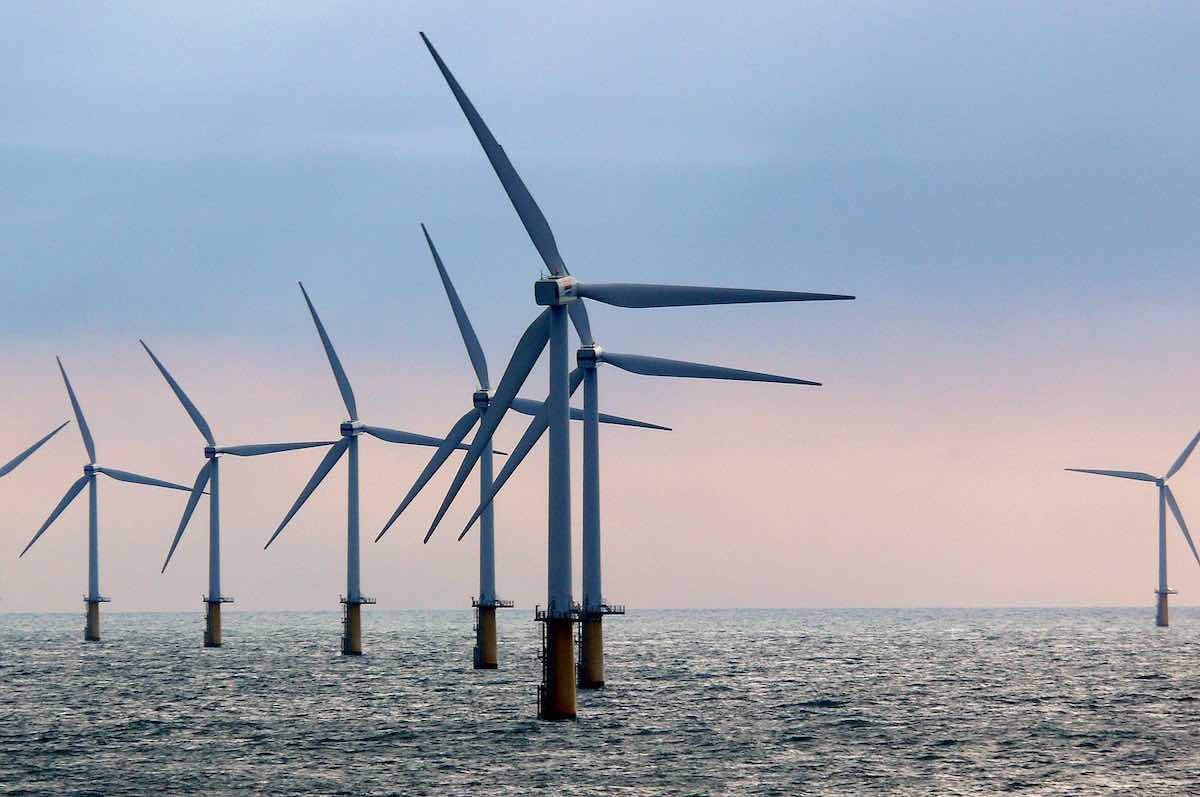Global wind and solar capacity must grow five-fold by 2030, reaching annual growth of at least 1.5TW, if the world is to restrict global warming to within the 1.5°C limit.
A new report published Tuesday by German non-profit Climate Analytics seeks to find the safest and most sustainable route to net-zero emissions in line with the latest findings from the Intergovernmental Panel on Climate Change (IPCC).
The study finds that to remain on track to limit global warming to 1.5°C – and to slash future reliance on costly and unproven methods of carbon removal – the world must install at least 1.5TW of new wind and solar capacity each year by 2030.
This amounts to a five-fold increase on the 0.3TW of new wind and solar capacity installed in 2022.
If global wind and solar capacity additions matched this target, total wind and solar capacity would reach around 10TW, five times the 2TW installed as of the end of 2022.
Notably, the report explains that “this target is achievable if the recent acceleration in capacity additions is maintained.”
The report also calls for setting a global renewables target of at least 70% by of electricity generation by 2030, more than doubling today’s share of around 30%.
“Everyone from the EU to the COP Presidency is calling for a global renewables target, but this must be based on the safest route to net zero,” said Claire Fyson, head of policy at Climate Analytics.
“We’ve shown that if the world accelerates new wind and solar fivefold to at least 1.5 TW a year by 2030 while cutting fossil use by 40%, we won’t have to rely on potentially unsustainable amounts of carbon dioxide removal in the future.”
Similarly, the report calls for cuts to global fossil fuel production of 6% each year from 2022 onwards so as to reduce fossil fuel use by around 40% over the decade.
Additionally, and in contrast to the IPCC, Climate Analytics believe that global greenhouse gas emissions must be cut by 48% by 2030 compared to 2019 levels, reducing emissions by 8% per year.
This is faster than the 43% reduction called for by the IPCC and will “significantly” reduce our dependent on carbon dioxide removal technologies.
Finally, the report also calls for cuts to methane emissions in the energy sector of 66% by 2030, around twice as fast as total methane emissions. According to Climate Analytics, the 30% cut in methane emissions enshrined in the Global Methane Pledge “is not aligned with 1.5°C pathways.”










